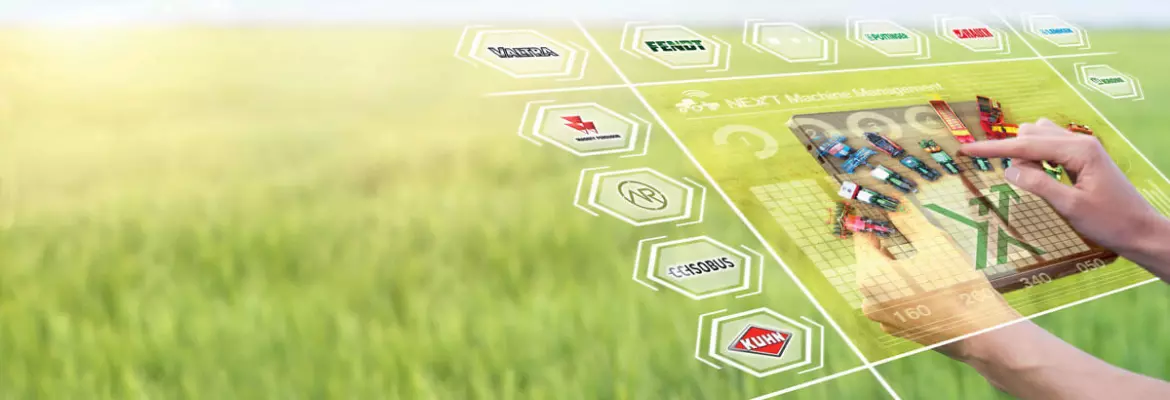
Ten billion inhabitants in 2050. That’s the number of mouths agriculture will have to feed in a few decades. The farming sector is mainly counting on precision agriculture to meet this challenge. The challenge is to produce enough food while preserving the environment in an unpredictable climatic context. What do we have to gain from using new technologies in agriculture and what are the challenges?
Improving environmental performances with precision agriculture
Agriculture is responsible for 20% of greenhouse gases worldwide. But it can also be a tremendous opportunity to limit global warming. Precision agriculture can contribute to this ambitious goal in several ways. It can reduce the ecological footprint from farming by adapting the use if inputs, such as fertilisers, to the needs of the plants, and improving resource management, water (irrigation) and energy.
Feeding the growing population with new technologies
After decades of genetic progress in both the animal and plant sectors, yields are stagnating. Precision agriculture can bring valuable advances in adapting food production practices to produce more and better food for an ever-growing population. By combining data, applying the right application rates in the right places, and improving agronomic knowledge, practices can be adapted to the climate and soil and to production optimisation.
Decision-making assistance: economic gains for farmers
There may be initial financial barriers to acquiring the new technologies, however, more and more agricultural machines are equipped with them, as standard. Other elements, such as satellite images, are quite easily accessible and at a lower cost. In addition, new technologies can help increase profitability later on, by applying inputs more effectively, and possibly reducing them, while still producing a good yield.
Getting connected in order to use new agricultural technologies
Poor connectivity in rural areas can be an obstacle to using connected solutions. Investments are being made to reduce white zones and limit bandwidth requirements for IOTs (Internet of Things or connected objects), but the technical possibilities are not yet available everywhere. In general, all areas have satellite coverage for geopositioning equipment, and for controlling and recording equipment (modulation, steering, etc.).
Becoming more familiar with new technologies in the agricultural and advisory spheres
The extent to which new technologies are used depends on the type of farm, the sector, and the existing technologies used. For example, in France, the practice of application rate modulation was used on less than 10% of farms in 2018, whereas, out of 50,000 dairy farms, 14,000 had milking robots in 2023. To ensure that precision farming is not reserved for a particular type of farmer, agricultural advisor training could help to make it better known, and more accessible to everyone. Indeed, familiarity with available technologies is an important factor in the sector.
Meeting the issues of farm data ownership
Before working with precision agriculture, data must be entered. Data entry can take time when it has to be done manually. However, more and more systems feed data back automatically, thanks to system interoperability, which is essential. Once data have been entered, they are an invaluable record of operations carried out on the farm, guaranteeing legal- and health-related traceability. Progress is still needed in terms of data ownership and consent to use, but initiatives exist at the European agricultural level, for instance, with consortiums such as AgriDataSpace and the Data Act.

